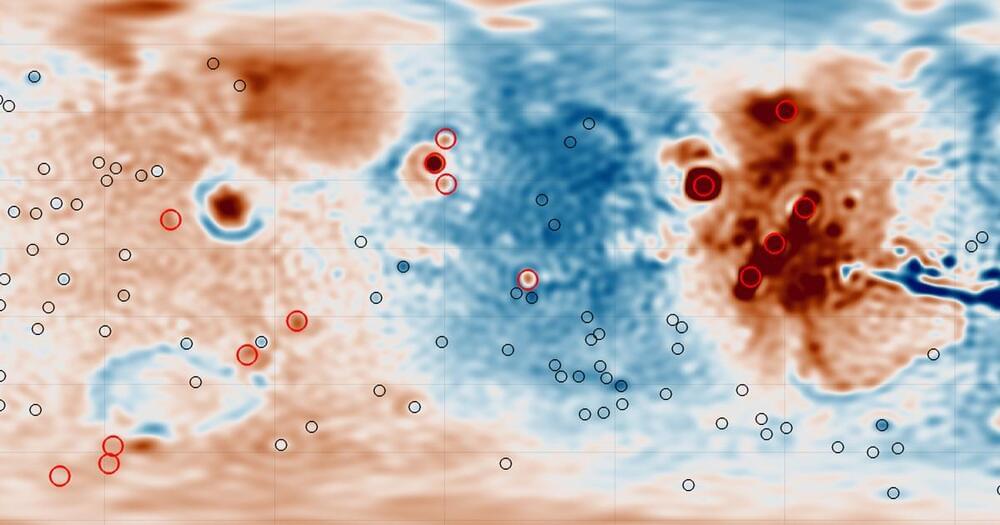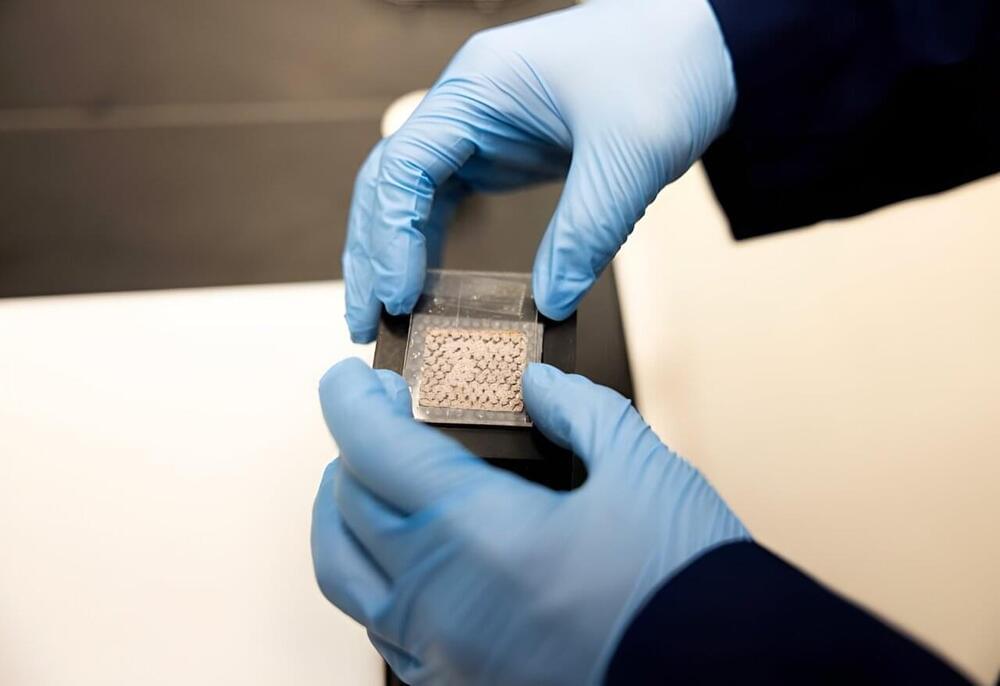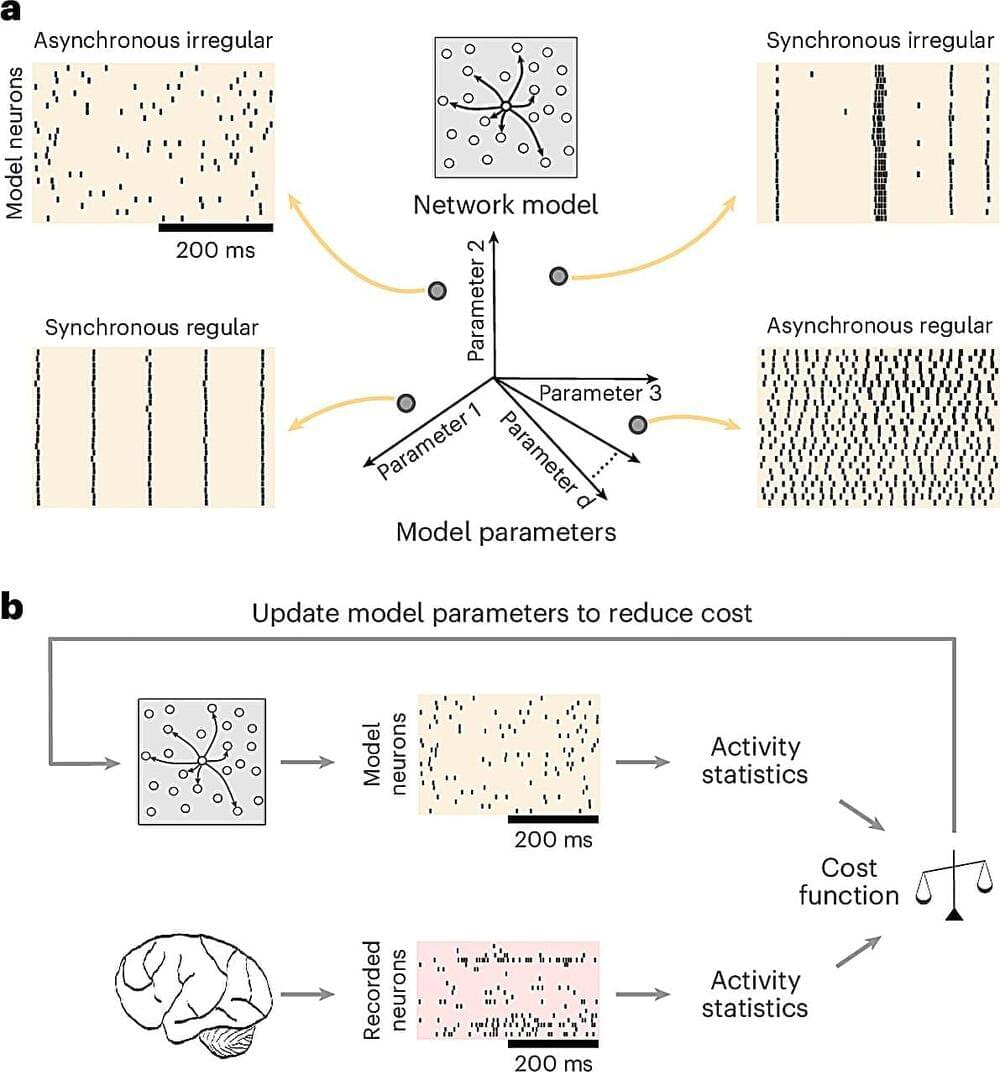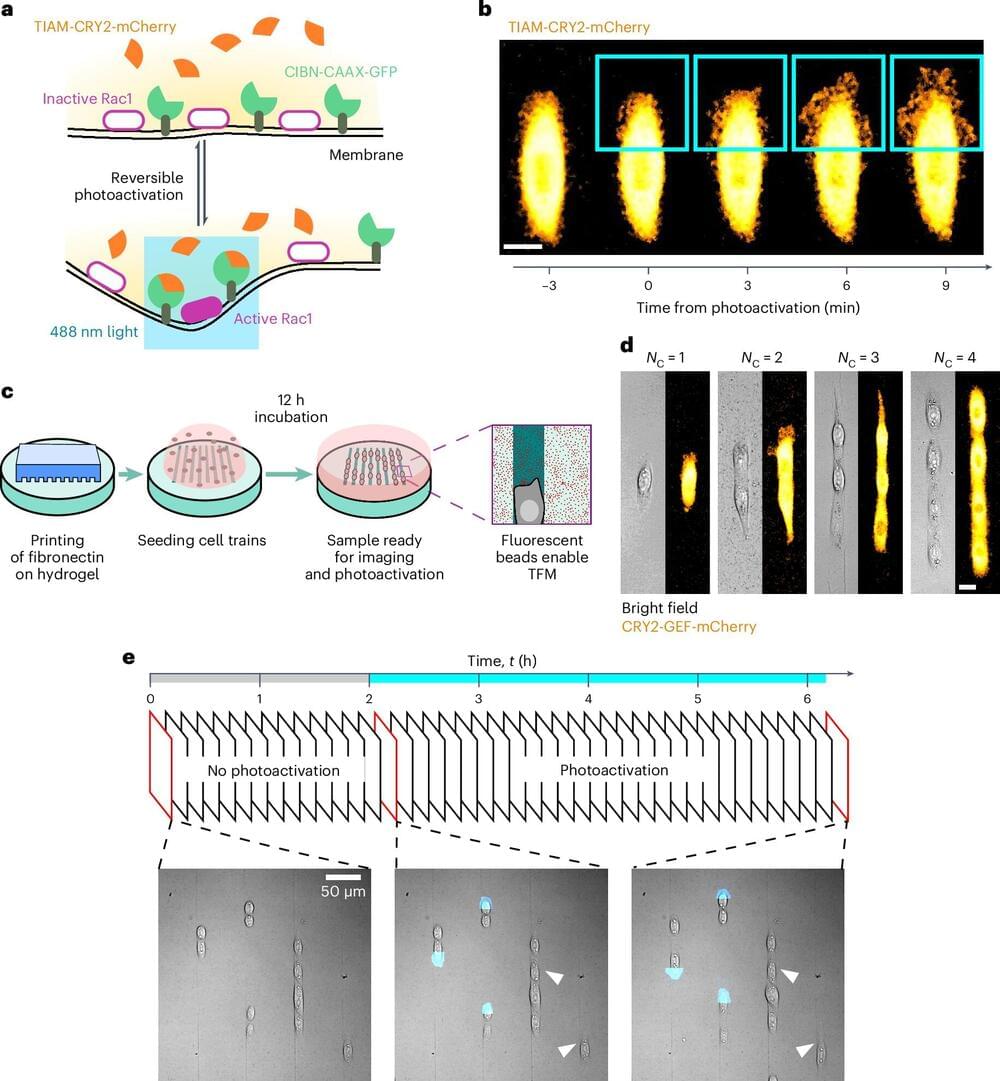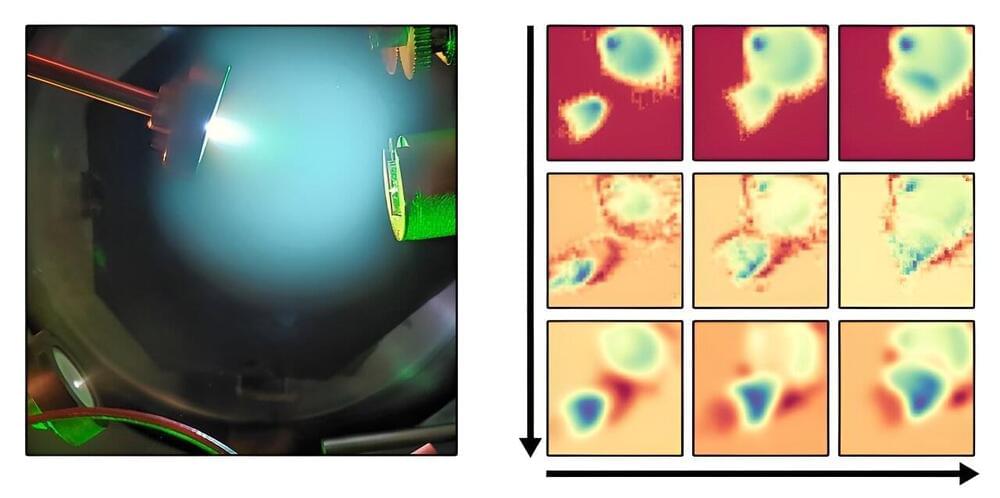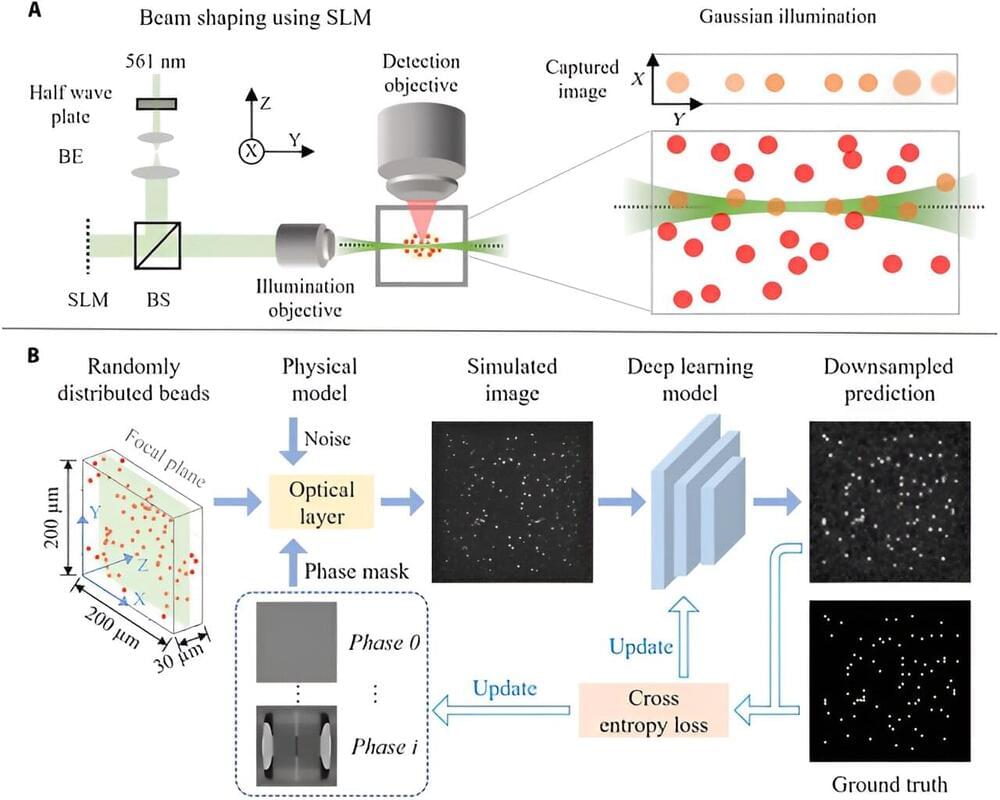Sep 17, 2024
Using sunlight to turn two greenhouse gases into valuable chemicals
Posted by Dan Breeden in categories: chemistry, climatology, sustainability
McGill University researchers have harnessed the power of sunlight to transform two of the most harmful greenhouse gases into valuable chemicals. The discovery could help combat climate change and provide a more sustainable way to produce certain industrial products.
“Imagine a world where the exhaust from your car or emissions from a factory could be transformed, with the help of sunlight, into clean fuel for vehicles, the building blocks for everyday plastics, and energy stored in batteries,” said co-first author Hui Su, a Postdoctoral Fellow in McGill’s Department of Chemistry. “That’s precisely the kind of transformation this new chemical process enables.”
The research team’s new light-driven chemical process converts methane and carbon dioxide into green methanol and carbon monoxide in one reaction. Both products are highly valued in the chemical and energy sectors, the researchers said.


